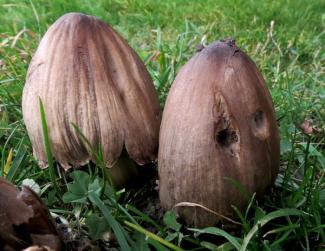Our morning visit is to Chellow Dene, Bradford, parking at the far end of Chellow Lane (SE124345). It is eleven years since our group visited this local site. We will make a complete circuit of both reservoirs, where the walking is on the flat apart from one steep slope and steps (about 1 ¾ miles in all). We should see some interesting plants, including Rustyback Fern, Bitter Vetch, Wood Horsetail, Yellow Pimpernel and Bluebell. Birds likely to be seen in the woodland are Greater-Spotted Woodpecker, Jay, Tree-Creeper and Nuthatch, with various water-birds on the reservoirs.
We will make a stop at Morrisons, Girlington for toilets, before proceeding to our afternoon destination, Northcliffe Woods. We will park on Cliffe Wood Avenue and walk into the woods. Although this is another local site, well-known to several of our members, the group has not visited since 2008. Depending on time available, this may be a linear or a circular walk.
Leaders: Joan Dobson, Madeleine Massey
Minibus transport; depart Unitarian Church 9.30am. Cost £5

